Altcoin
ZKsync Announces Massive ZK Token Airdrop, Here’s All
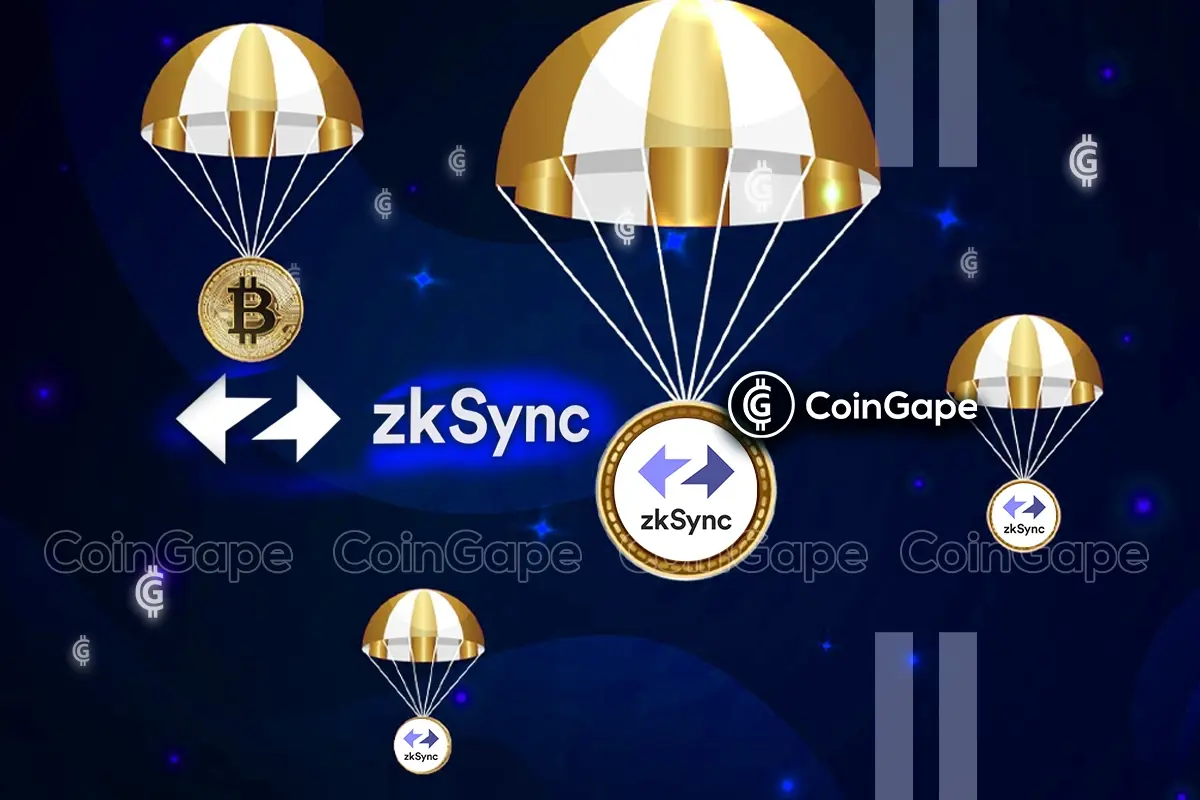
Breaking new ground in the blockchain arena, the ZKsync Association announces a monumental event: a sweeping token airdrop poised to transform the landscape for nearly 700,000 eligible wallets. Leading the charge is Matter Labs’ visionary founder and CEO, Alex Gluchowski, demonstrating a steadfast commitment to empowering real individuals. Set to launch next week, this initiative marks a pivotal moment in decentralized finance, promising widespread impact and innovation.
Unveiling ZK Token Distribution Mechanics
The ZKsync Association is primed to distribute 17.5% of the ZK token’s total supply, equating to a substantial 3.675 billion tokens, to early adopters of the Ethereum Layer 2 network, ZKsync. This single, monumental airdrop opportunity enables users to claim their tokens from next week until Jan. 3, 2025.


Additionally, contributors can seize their share beginning June 24. The distribution strategy reflects a deliberate allocation, with significant portions earmarked for community-driven initiatives, underscoring a commitment to decentralized governance and growth.
A noteworthy aspect of this allocation strategy is the deliberate decision to award a larger share to the community through the airdrop, surpassing allocations to the Matter Labs team and investors. This move underscores the association’s dedication to empowering community-driven governance, ensuring that stakeholders have a substantial stake in shaping the protocol’s future.
With 695,232 wallets shortlisted for the airdrop, eligibility and allocations were meticulously determined based on activity snapshots captured on March 24, 2024, marking a significant milestone in the ZKsync Era. The 17.5% ZK token allocation is divided among two distinct categories of community members: users (89%) and contributors (11%).


Users encompass individuals who actively transacted on ZKsync, meeting predefined activity thresholds, while contributors span a diverse spectrum, including developers, researchers, and community advocates. Additionally, a portion of the supply is allocated to experimental communities, fostering innovation and exploration within the ecosystem.
Also Read: XRP Price Near $0.5 Level As Whales Stir 87M Coins, What’s Next?
Engaging the Community through a Points-Based System
The community airdrop operates on a points-based system, where wallets earn points for various actions, including interacting with 10 smart contracts on ZKsync Era, depositing liquidity into DeFi protocols, and trading more than 10 ERC-20 tokens, among others. This intricate system incentivizes active participation and engagement within the ZKsync ecosystem, rewarding users for their contributions and involvement.
Following points allocation, wallets receive allocations based on bridged assets to ZKSync Era, with multipliers applied based on network and Ethereum mainnet activity. To ensure equitable distribution, excess tokens are recycled back into the pool, culminating in a minimum allocation of up to 917 ZK per wallet.
Notably, airdropped tokens boast immediate liquidity, devoid of any vesting or lock-up periods, empowering recipients with autonomy over their assets. While concerns regarding selling pressure may arise, Gluchowski emphasizes the pivotal role of community governance, urging recipients to actively participate in shaping the protocol’s future.
Also Read: Japan’s Metaplanet Bags More Bitcoin Sending Total Holdings To $9.6M
The presented content may include the personal opinion of the author and is subject to market condition. Do your market research before investing in cryptocurrencies. The author or the publication does not hold any responsibility for your personal financial loss.
Altcoin
Chainlink Price Leads Altcoin Selloff, Where Is LINK Price Floor?

The price Chainlink (LINK) has reversed its earlier growth trends after the broader market nosedived in mid-day trading. The current breakdown has triggered a new worry among investors for a coin that had the prospect of reclaiming its spot among the top 10 largest digital currencies.
The LINK price has fallen to $14.1, down 9.12% in the past 24 hours. This latest selloff has also raised the question of where the LINK floor is triggered.
Bitcoin Price and Bollinger Bands Insight
The Chainlink drawdown is steep and depends on the Bitcoin price selloff triggered by today’s US Core PCE figures. LINK has recorded more selloffs than most altcoins in the top 20 based on a percent decline over 24 hours.
LINK has fared much better on longer timeframes, as the token is still up by 1% in the past 7 days. The token’s Year-to-Date (YTD) growth is 34.76%, making analysts wonder if more selloff is inbound.


The LINK/USDT 4H Chart offers insight into the Chainlink price outlook. The current price is trading at the lower Bollinger Bands, $14.04. The deviation from the upper bands is a sign of intense volatility, which may or may not go well for the token.
Over the past 30 days, the LINK price has not dropped below $13, which is now classified as the next support level to watch.
LINK and Dependence on the General Market
The broader market is divided on what is next for Chainlink. The Oracle service provider remains one of various institutional clients’ most used blockchain protocols.
This means that the adoption of its services depends on the market or external factors.
Besides this, the price action of Bitcoin and other altcoins is also a major determinant of its potential rebound. At the time of writing, the price of BTC has dropped to a new weekly low of $83,872.69, down by 3.77% in 24 hours. With the bearish outlook, Peter Brandt said Bitcoin price crashing to $70,000 is not impossible.
With Chainlink’s dependence on Bitcoin, the altcoin may maintain its current outlook until the top coin prints a new rally.
Major LINK Price Catalyst to Watch
Per an earlier CoinGape report, Chainlink inked a deal with the Abu Dhabi Global Market (ADGM). This LINK partnership with ADGM will support the development of compliant frameworks for tokenized assets, expand blockchain adoption, and promote regulatory dialogue within the UAE and globally.
In an earlier LINK price analysis, projections were made that this partnership may push the token’s price to a high of $44. For now, the protocol’s price action signals caution overall.
Disclaimer: The presented content may include the personal opinion of the author and is subject to market condition. Do your market research before investing in cryptocurrencies. The author or the publication does not hold any responsibility for your personal financial loss.
Altcoin
Analyst Reveals Bullishness On Ethereum Price At This Point, Can It Hit $4,000 Again?


The Ethereum price has been in a sharp decline in the past months, underperforming compared to Bitcoin (BTC) and Solana (SOL). Despite its unwillingness to experience a significant price increase, a crypto analyst has revealed his bullishness for ETH, predicting a potential recovery to $4,000 before the end of the bull cycle.
Ethereum Price Projected To Reach $4,000
Crypto analyst Astronomer has announced his bullishness on the Ethereum price outlook, predicting a potential rally to $4,000. In a rather lengthy post on X (formerly Twitter), the analyst highlights several technical signals that suggest ETH could soon revisit this key price target.
Notably, the ETH price is positioned at a clear support zone between the $1,700 and $1,900 range. Historically, this range has acted as a launch pad for recoveries, with previous declines to this area triggering a strong price surge.
While Ethereum has underperformed against Solana during this bull market, it has still doubled since its 2022 low, which is a better outcome than most altcoins. Further highlighting his bullish stance on ETH, Astronomer revealed that he had swapped BTC for ETH, holding a strong conviction that the latter will eventually outperform the former by the end of the cycle.

Based on the analyst’s chart, ETH is currently trading within a long-term macro price range between $1,700 and $4,500. The cryptocurrency recently retested the bottom of this range, which historically led to a bounce back toward a price high above $4,000.
Astronomer also notes that Bitcoin has already set its weekly low, meaning that Ethereum’s price movements could soon align with the pioneer cryptocurrency’s recovery. If ETH can reclaim the $2,100 level, the analyst predicts a rapid move toward $4,000 in a few months.
With the next Federal Reserve monetary policy scheduled for mid-April, the market may see renewed bullish momentum that could benefit Ethereum’s price trajectory. Another major development that supports the analyst’s bullish projection for Ethereum is its performance in March 2024. At the time, the altcoin swept a previous price high but didn’t sustain a breakout, leading to a prolonged correction.
However, Astronomer suggested that this price trend insists on revisiting $4,000, particularly after Ethereum hits a range low. The analyst notes that ETH is now at this critical low, which could indicate that the bottom is in, signaling a potential move to new highs.
ETH Market Sentiment Hits Rock Bottom
While sharing his bullish forecast for ETH’s price during this bull cycle, Astronomer also revealed that Ethereum is facing a heavy bearish sentiment due to its prolonged underperformance. According to the analyst, Ethereum’s current market sentiment is worse than Bitcoin’s, with negative narratives dominating discussions across the crypto community.
Some claim that ETH lacks a proper use case, while others suggest that the Ethereum Foundation may be selling. Despite this, Historical data shows that when ETH hit similar low levels in late 2017 and 2021, the cryptocurrency experienced a subsequent rally to new ATHs. The latest sentiment score shows Ethereum has hit rock bottom at 14, signaling extreme fear and uncertainty, which often precedes major price rebounds.
Featured image from Adobe Stock, chart from Tradingview.com

Editorial Process for bitcoinist is centered on delivering thoroughly researched, accurate, and unbiased content. We uphold strict sourcing standards, and each page undergoes diligent review by our team of top technology experts and seasoned editors. This process ensures the integrity, relevance, and value of our content for our readers.
Altcoin
PiDaoSwap, Trump Media, & Grayscale

Several big stories and developments have occurred in the crypto space this week, including innovations in the Pi Network ecosystem, Grayscale updating its list of investible altcoins, and Donald Trump’s crypto play.
In case you missed these developments, among others, the following is a roundup of what happened in crypto this week.
Pi Network Introduces PiDaoSwap
Pi Network took a key step in decentralized finance (DeFi) this week, revealing the development of PiDaoSwap. This community-driven decentralized exchange (DEX) is designed to counter price manipulation.
PiDaoSwap aims to stabilize Pi Coin’s value and enhance trust within its ecosystem by ensuring fair trading mechanisms.
“Once completed, the Pi price will be reflected at its true value and will no longer be manipulated by current external exchanges,” Pi Network VietNames claimed.
Another positive development in the Pi Network ecosystem this week is the integration with Telegram’s crypto wallet. This move could provide access to up to one billion users and expand the controversial project’s mainstream adoption.
While this move reflects Pi Network’s growing influence, questions around decentralization and exchange listings continue to loom large. Specifically, the Pi Network remains under scrutiny due to concerns about its centralization, particularly its SuperNodes.
Critics argue that a heavily centralized network undermines the core principles of blockchain technology. Adding to the debate, analysts have pointed out that Pi Network’s absence from major exchanges like Binance and Coinbase stems from concerns over its operational transparency.
Another hot headline this week in crypto was Trump Media’s announcement of a partnership with Crypto.com. The collaboration lays the groundwork for launching new ETFs (exchange-traded funds) based on Cronos, Bitcoin, and other assets.
The report inspired a nearly 20% surge in the Cronos (CRO) token, the powering token for the Crypto.com ecosystem. This collaboration added to the list of notable shifts as Trump’s media venture embraces cryptocurrency.
However, blockchain investigator ZachXBT raised concerns about Crypto.com’s token manipulation practices, souring sentiment for this partnership. Citing its re-issuance, the blockchain sleuth suggested the exchange may engage in opaque financial maneuvers.
Despite these concerns, Crypto.com emerged unscathed as the US SEC (Securities and Exchange Commission) concluded its investigation without filing any charges.
“The SEC’s investigation into Crypto.com has been closed with no action being taken against Crypto.com. I continue to be proud of how this industry and its community have weathered storm after storm… The fact that we not only persevered but became stronger is a testament to our vision and the community supporting it,” wrote Kris Marszalek, CEO of Crypto.com.
The announcement led to a notable jump in CRO’s price, reaffirming investor confidence in the exchange despite previous regulatory scrutiny.
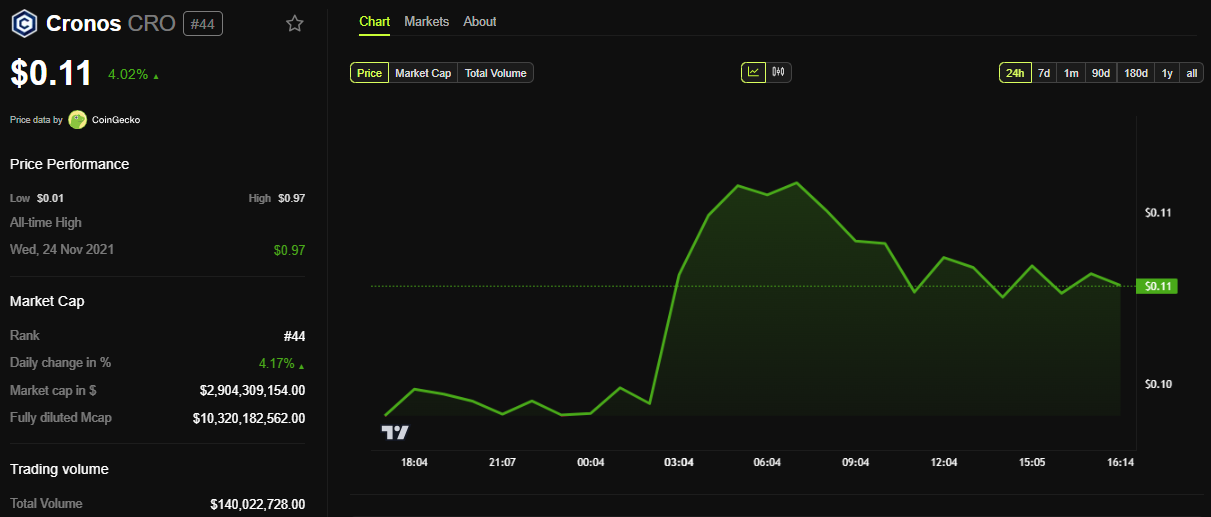
BeInCrypto data shows CRO was trading for $0.11 as of this writing, up by over 4% in the last 24 hours.
GameStop’s Bitcoin Announcement
GameStop, the once-legendary meme stock, also made headlines this week in crypto. It announced an update to its investment policy, revealing that it had added Bitcoin as a Treasury Reserve Asset. In the immediate aftermath of this announcement, the company’s stock prices jumped 12% before profit booking set in.
While this could have been a bullish catalyst, Bitcoin’s price remained largely unmoved. Analysts suggest the announcement lacked crucial details to trigger excitement and provoke a significant market reaction.
“The announcement lacked key details —most importantly, how much Bitcoin they’re actually buying. While they’re sitting on about $4.8 billion in cash, we’ve seen no indication of what portion, if any, will be allocated to BTC,” Mati Greenspan, Founder and CEO of Quantum Economics, told BeInCrypto.
Further, the price impact for BTC was muted, given that Bitcoin payments are becoming more common among retailers.
Grayscale Updates Investment List
Adding to the list of what happened this week in crypto, Grayscale updated its list of investable altcoins for Q2 2025. The institutional crypto asset manager added three new tokens, Maple Finance (SYRUP), Geodnet (GEOD), and Story Protocol (IP), to its top 20 crypto investments.
“…We believe the revised Top 20 list may offer more compelling risk-adjusted returns for the coming quarter,” the firm explained.
This move reflects the company’s ongoing strategy to diversify its holdings and identify emerging digital assets with strong growth potential. At the same time, it truncated three altcoins from the same list- Akash Network (AKT), Arweave (AR), and Jupiter (JUP).
Binance Embraces Studio Ghibli Meme Coins Frenzy
Elsewhere, a new meme coin craze emerged this week in crypto, drawing inspiration from the beloved Studio Ghibli brand. Binance Alpha responded to the trend by listing two Ghibli-themed tokens, Ghiblification and GhibliCZ.
These tokens have gained rapid traction as part of a broader wave of AI and pop culture-driven crypto speculation. The Ghibli meme coin phenomenon follows a pattern in previous meme-inspired tokens, where hype and social media engagement drive price action more than actual utility.
While some traders see opportunities for quick gains, others caution against speculative bubbles that could lead to rapid market corrections. Nevertheless, Binance’s involvement reflects how major exchanges capitalize on trending narratives to attract trading volume.
This strategy, which continues to shape the DeFi space, has also drawn criticism as users challenge the listing standards of centralized exchanges (CEXs).
Disclaimer
In adherence to the Trust Project guidelines, BeInCrypto is committed to unbiased, transparent reporting. This news article aims to provide accurate, timely information. However, readers are advised to verify facts independently and consult with a professional before making any decisions based on this content. Please note that our Terms and Conditions, Privacy Policy, and Disclaimers have been updated.
-

 Bitcoin24 hours ago
Bitcoin24 hours agoStrategic Bitcoin Reserve Proposed by Brazil’s VP Advisor
-

 Market22 hours ago
Market22 hours agoXRP Price Slides Slowly—Is a Bigger Drop Coming?
-

 Regulation14 hours ago
Regulation14 hours agoFDIC Revises Crypto Guidelines Allowing Banks To Enter Digital Assets
-

 Market23 hours ago
Market23 hours agoTerra’s Crypto Claims Portal Opens Soon: Key Dates and Info
-
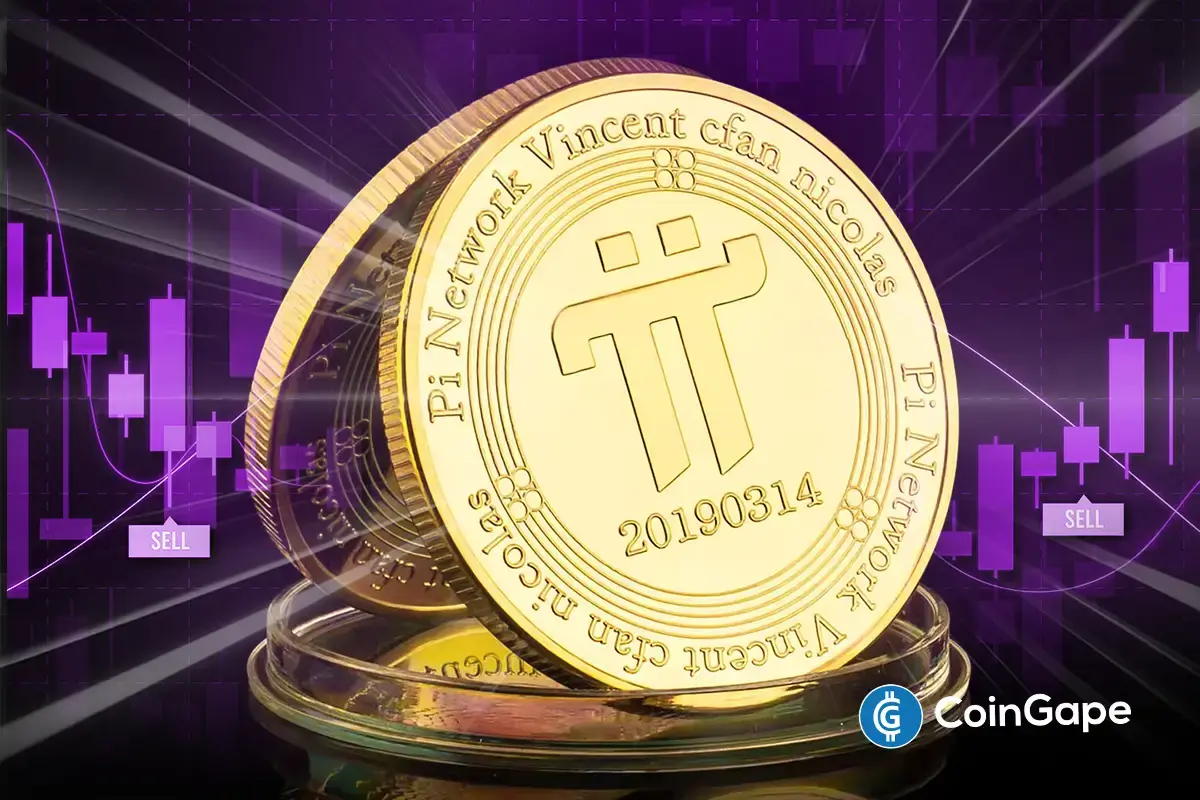
 Altcoin22 hours ago
Altcoin22 hours agoWhy Is Pi Network Coin Price Up 5% Despite Altcoins Market Correction?
-

 Market21 hours ago
Market21 hours agoSUI Open Interest Surges 50%, Death Cross Could Fade Quickly
-
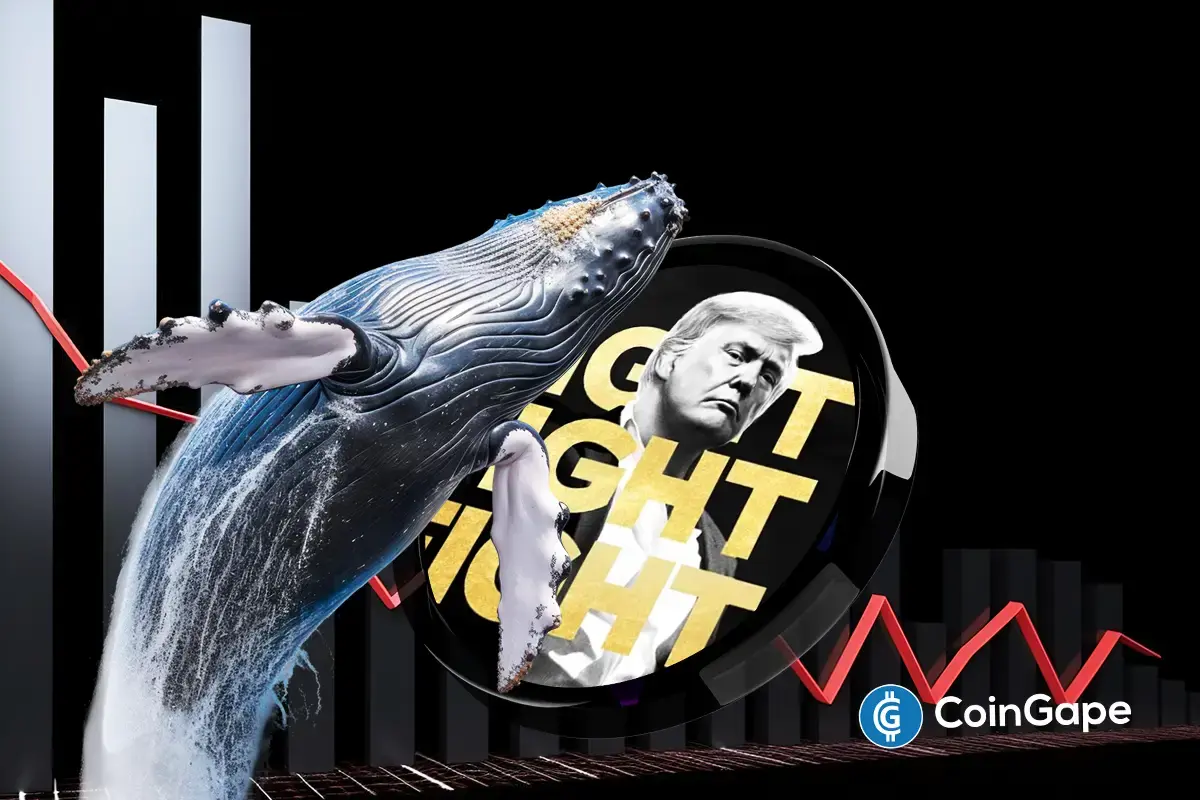
 Altcoin16 hours ago
Altcoin16 hours agoTRUMP Crypto Whale Incurs Massive $15M Loss Amid Price Slump, Here’s How
-

 Market20 hours ago
Market20 hours agoCoinbase to Rival Binance With BNB Perpetual Futures





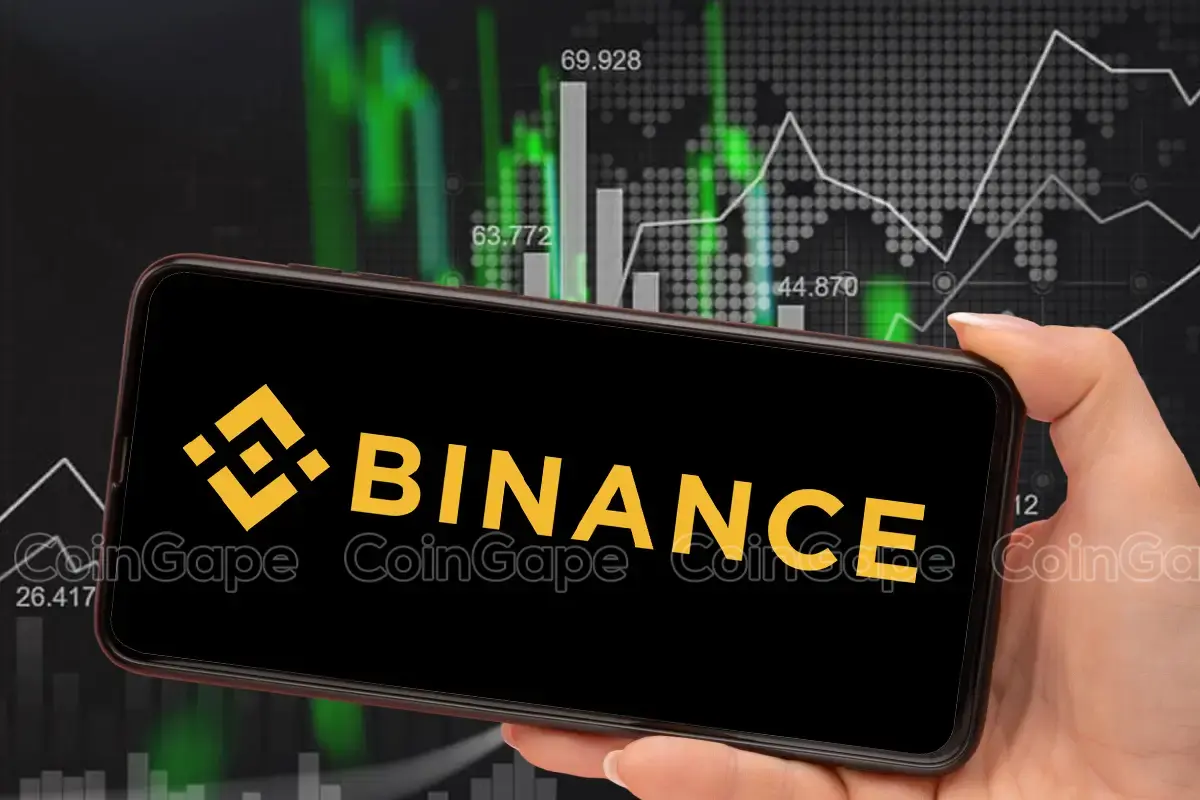
















✓ Share: